当前位置:网站首页>I-BERT
I-BERT
2022-07-06 08:57:00 【cyz0202】
background
In this paper, ICML2021 I-BERT: Integer-only BERT Quantization
The purpose of this article is to BERT Perform more thorough quantization and integer calculations ;
The author believes that the previous quantitative scheme is not right gelu、softmax These nonlinear operations are quantified ( Here's the picture 1), That is to keep float Type of calculation , Not only affects the computational efficiency , And it cannot be deployed on some chips that only support integer Computing ;
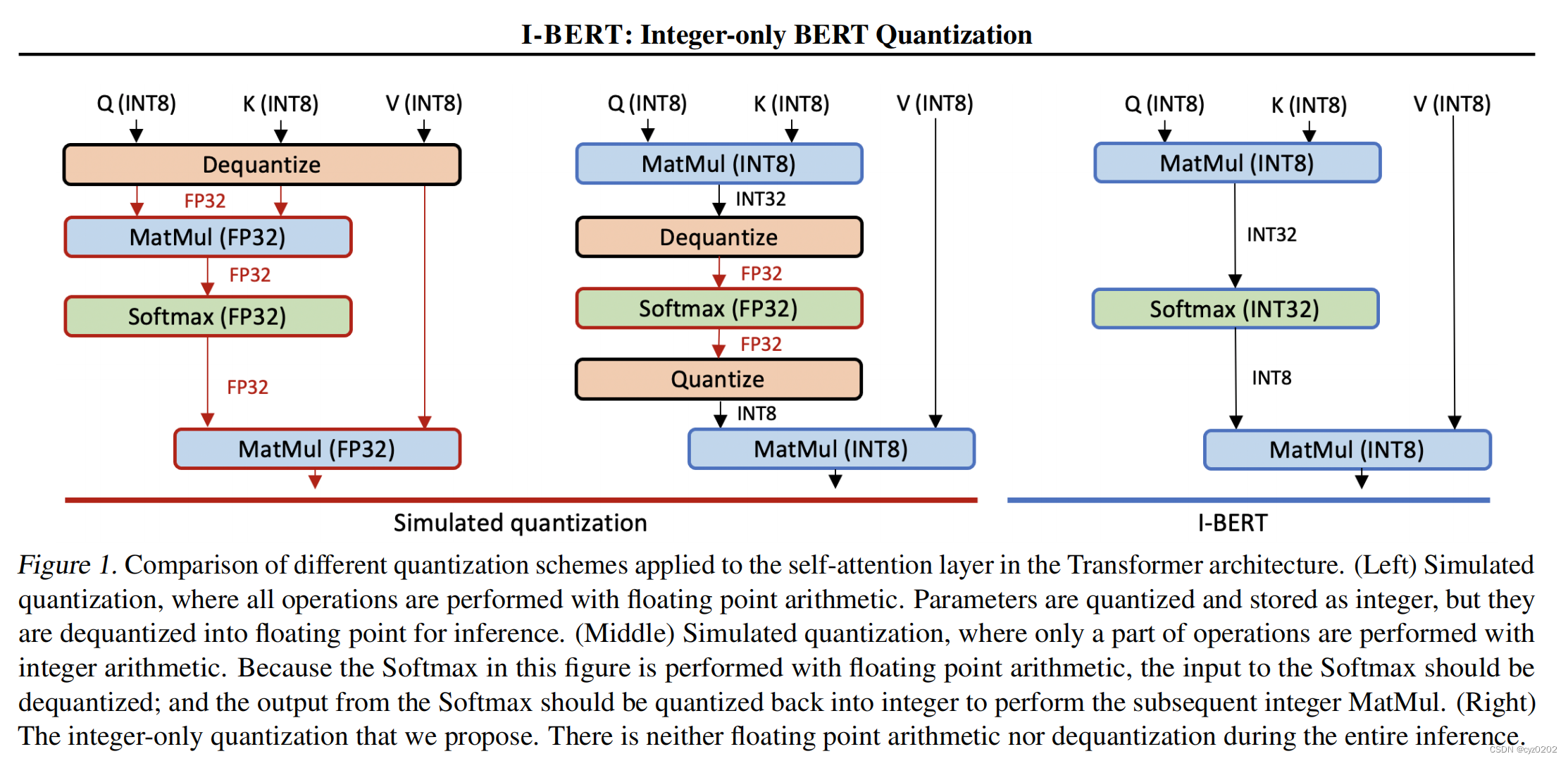
The quantitative scheme adopted by the author is 8bits Symmetric quantization ;
Existing schemes and deficiencies
The author mainly solves GELU、softmax The quantization problem of these two kinds of nonlinear layers ;
First look at it. GELU The expression of , as follows ,erf go by the name of error function
![\\GELU(x) = x*\frac{1}{2}[1+erf(\frac{x}{\sqrt2})]](http://img.inotgo.com/imagesLocal/202207/06/202207060850360827_31.gif)
among ![\\ erf=\frac{2}{\sqrt\pi}\int^x_0e^{-t^2}dt \in [-1, 1] \\](http://img.inotgo.com/imagesLocal/202207/06/202207060850360827_19.gif)
And 
GELU It is difficult to quantify directly , Forced quantization will lead to a large loss of accuracy ;
Unlike linear layers ( Such as matrix product 、 Piecewise linear RELU etc. ), The linear property can be used to inverse quantize to float The result of the calculation is ( The author gives an example MatMul(Sq) = S*MatMul(q), among x=Sq,S by scale,q by x Quantized value of );
Some existing approximations GELU The plan , Include :
- sigmoid The approximate , as follows , Introduce nonlinearity sigmoid, It's still not good for integer calculation

- ReLU6 The approximate , as follows , Use ReLU6, Although it can be integer , But it didn't work ; The program is also known as h-GELU

The figure below 2 The picture on the left shows h-GELU The shortcomings of
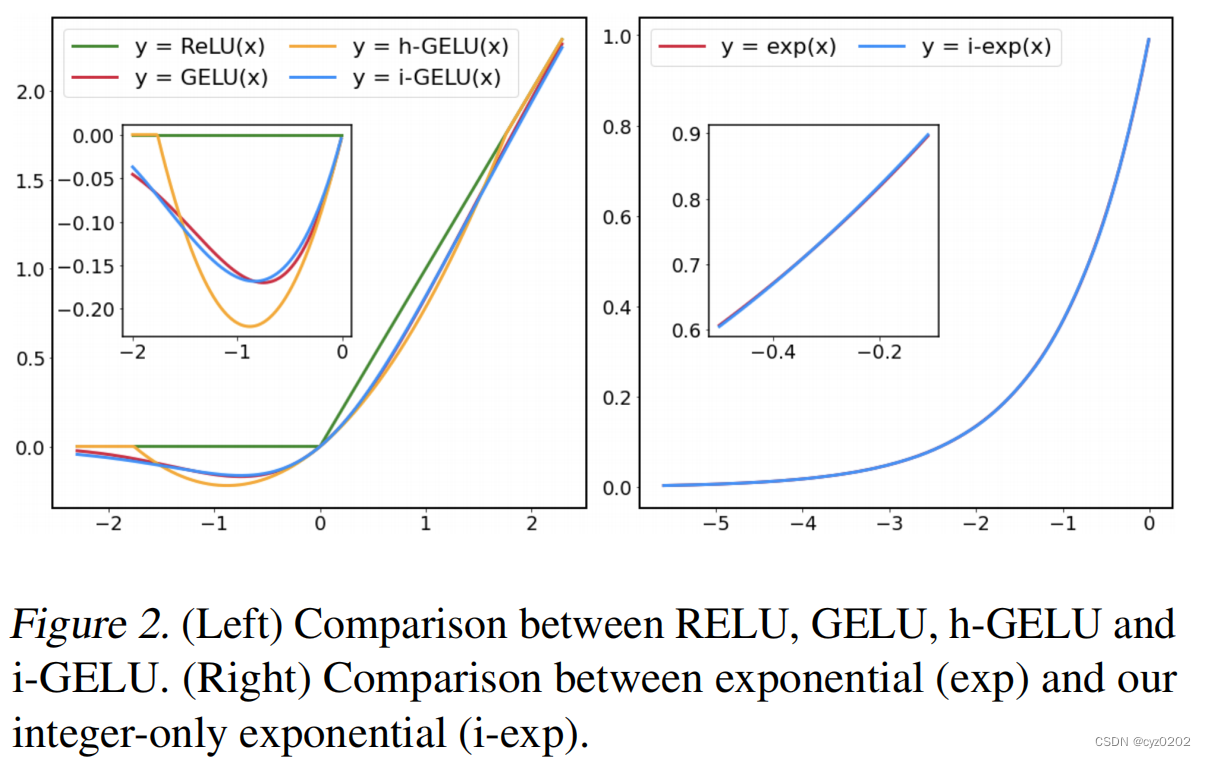
GELU Solutions for
By analyzing , It is considered that second-order polynomial pairs can be introduced erf Make an approximation , Further to GELU Make an approximation , The calculation method is as follows
![\\\underset{a,b,c}{min}\frac{1}{2}||GELU(x) - x*\frac{1}{2}[1+L(\frac{x}{\sqrt2})]||^2_2\\ s.t. \space\ \space\ \space\ L(x) = a(x+b)^2 + c](http://img.inotgo.com/imagesLocal/202207/06/202207060850360827_7.gif)
This idea comes from the theory that any function can be fitted by polynomial function , This type of polynomial is called interpolating polynomials( Interpolation polynomial ); For details, please move to the original ;
The result obtained by directly optimizing the above formula is not ideal , as a result of erf The definition domain of is a real domain scope ;
in consideration of erf The value range of is [-1, 1], And erf It's an odd function , namely

Therefore, the author designs the positive real number field part , And extended to negative real number field , Get the following L(x),
![\\L(x) = sgn(x)*\{a*[clip(|x|, max=-b) + b]^2 + 1\}](http://img.inotgo.com/imagesLocal/202207/06/202207060850360827_29.gif) , among
, among

clip Medium max Express |x| The maximum value is -b;
therefore ![L(x) \in [-1, 1]](http://img.inotgo.com/imagesLocal/202207/06/202207060850360827_14.gif) , And it is an odd function ;
, And it is an odd function ;
a、b By looking for some GELU To solve the fitting problem ;
As can be seen from the above ,
![i-GELU(x) := x*\frac{1}{2}[1 + L(\frac{x}{\sqrt2})]](http://img.inotgo.com/imagesLocal/202207/06/202207060850360827_18.gif)
i-GELU Quantitative scheme of
With GELU Polynomial expression of , You can start designing quantitative solutions ;
L(x) It's a polynomial , So you have to know how to quantize polynomials first ;
The author gives a polynomial Quantization Algorithm I-POLY, as follows
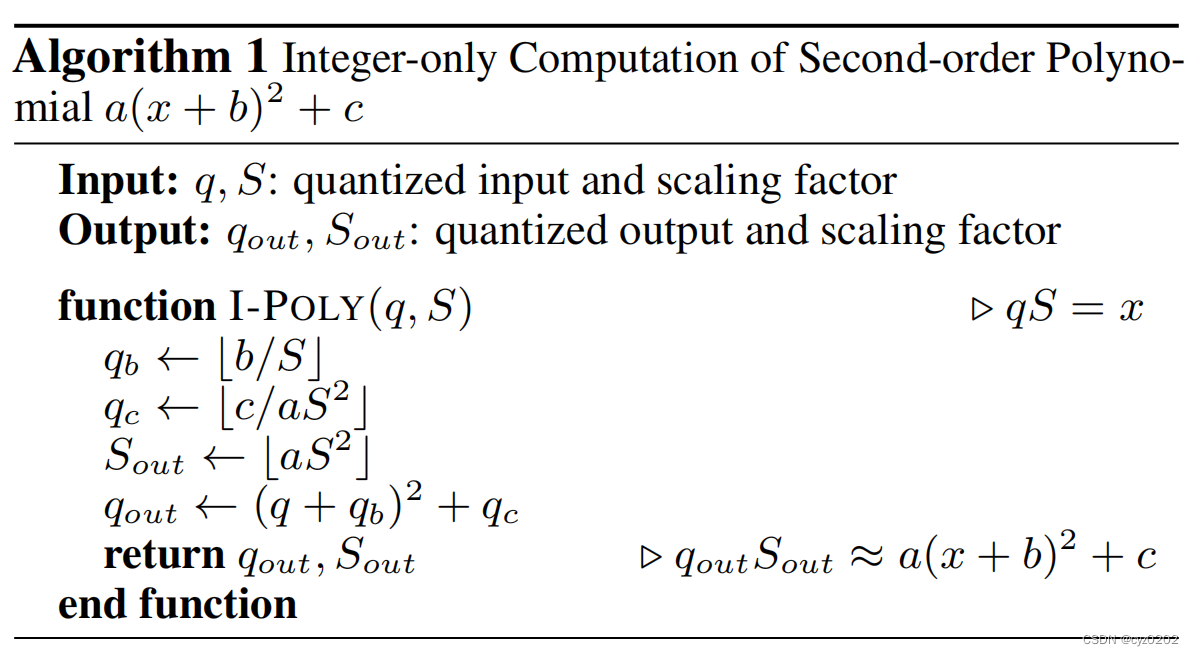
Can verify  ,
,
So arbitrary 2 Quantization of order polynomials 、 The above algorithm can be used for inverse quantization ;
( notes : I feel that the quantification here belongs to a kind of quantification for calculating quantification ; The calculation process is ok , The feeling is deliberately constructed ,q_out and S_out Are not necessarily the real quantized values of polynomial results and scale)
------
With the polynomial quantization method , You can continue to realize I-GELU The quantitative scheme of , The calculation process is as follows
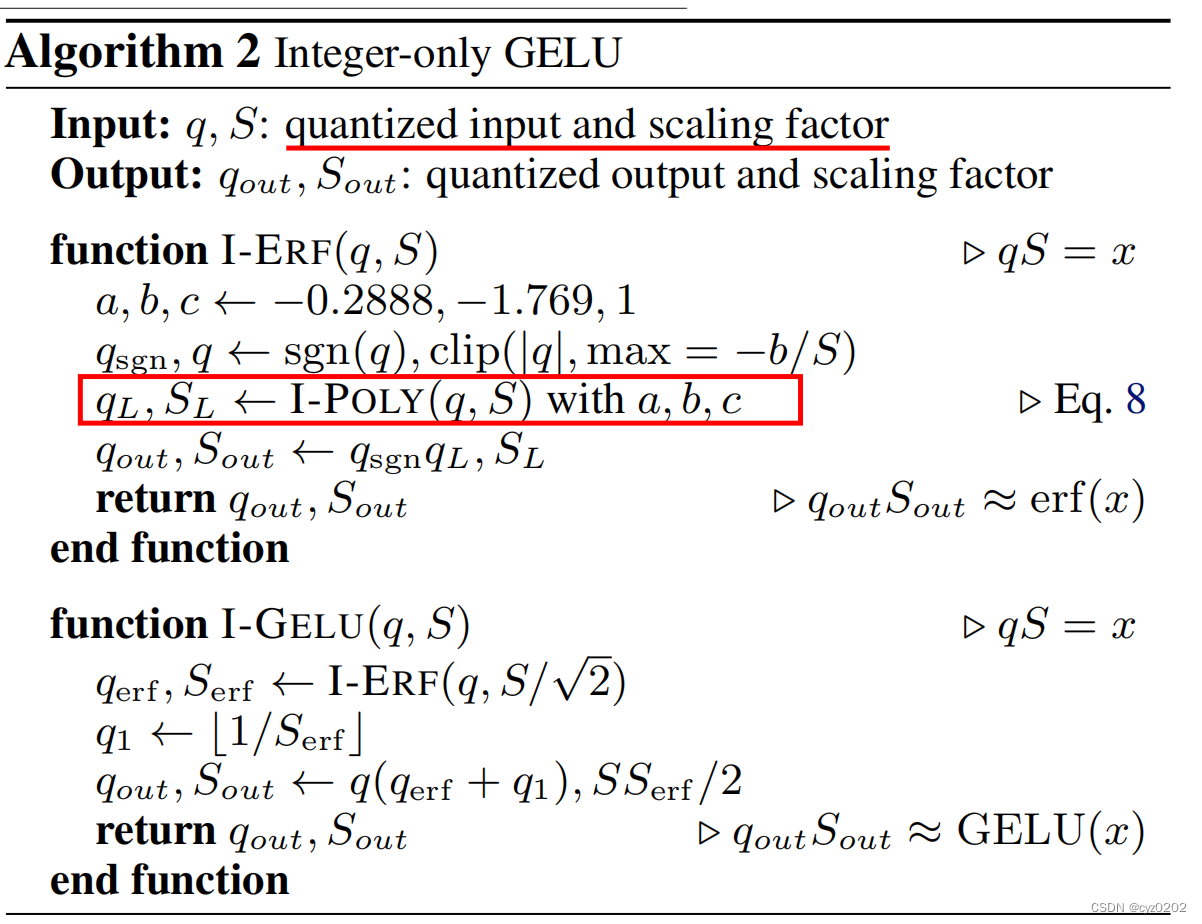
The call stack is I-GELU -> I-ERF -> I-POLY
Pay attention to the picture 4 Some implementation tips in the algorithm , Such as
 ,
,

Notice the above formula max=-b/S, It may have to be changed to max=round(-b/S), Otherwise q’ There is no guarantee that it is integer ...
------
The above is the I-GELU Implementation process , The effect is as follows
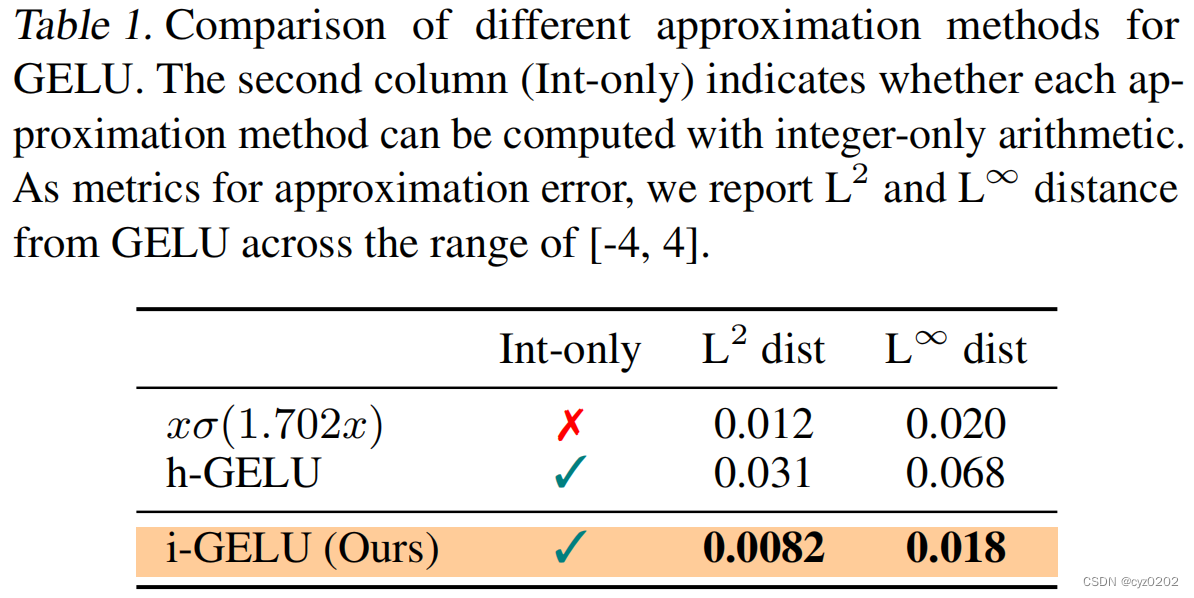
SOFTMAX Solutions for
- Use higher-order polynomials for approximation , Available scenarios are limited ;
SOFTMAX Quantitative scheme of
For numerical stability , The author first gives a brief introduction to softmax To deal with , as follows


It is worth mentioning that ,
For a non positive real number  , It can be approximated by the following formula
, It can be approximated by the following formula

among z( merchant ) Is a non negative integer ,p( remainder ) Value range ![(-ln2, 0]](http://img.inotgo.com/imagesLocal/202207/06/202207060850360827_22.gif) ;
;
Then there are

Upper form >> Indicates the right shift operation ;
further , If you can  Expressed as integer calculation , Then it can be used for all
Expressed as integer calculation , Then it can be used for all  as well as Softmax Perform integer calculation ;
as well as Softmax Perform integer calculation ;
and  in p Value range of relative x perhaps
in p Value range of relative x perhaps  Much smaller , It can be approximated better ;
Much smaller , It can be approximated better ;
To recall GELU, The author proposes to adopt 2 Order polynomial approximates nonlinear function ; You can do the same here ;
Author search  The method of approximating second-order polynomials , It is through
The method of approximating second-order polynomials , It is through ![(-ln2, 0]](http://img.inotgo.com/imagesLocal/202207/06/202207060850360827_22.gif) Calculate the optimal solution of the following formula in the range :
Calculate the optimal solution of the following formula in the range :

The resulting

be

among  ,
,
chart 2 The figure on the right shows that the above approximation has a good effect ;
Quantitative calculation method of polynomials I-POLY It has been introduced above , So the whole thing Softmax The quantitative calculation method of is
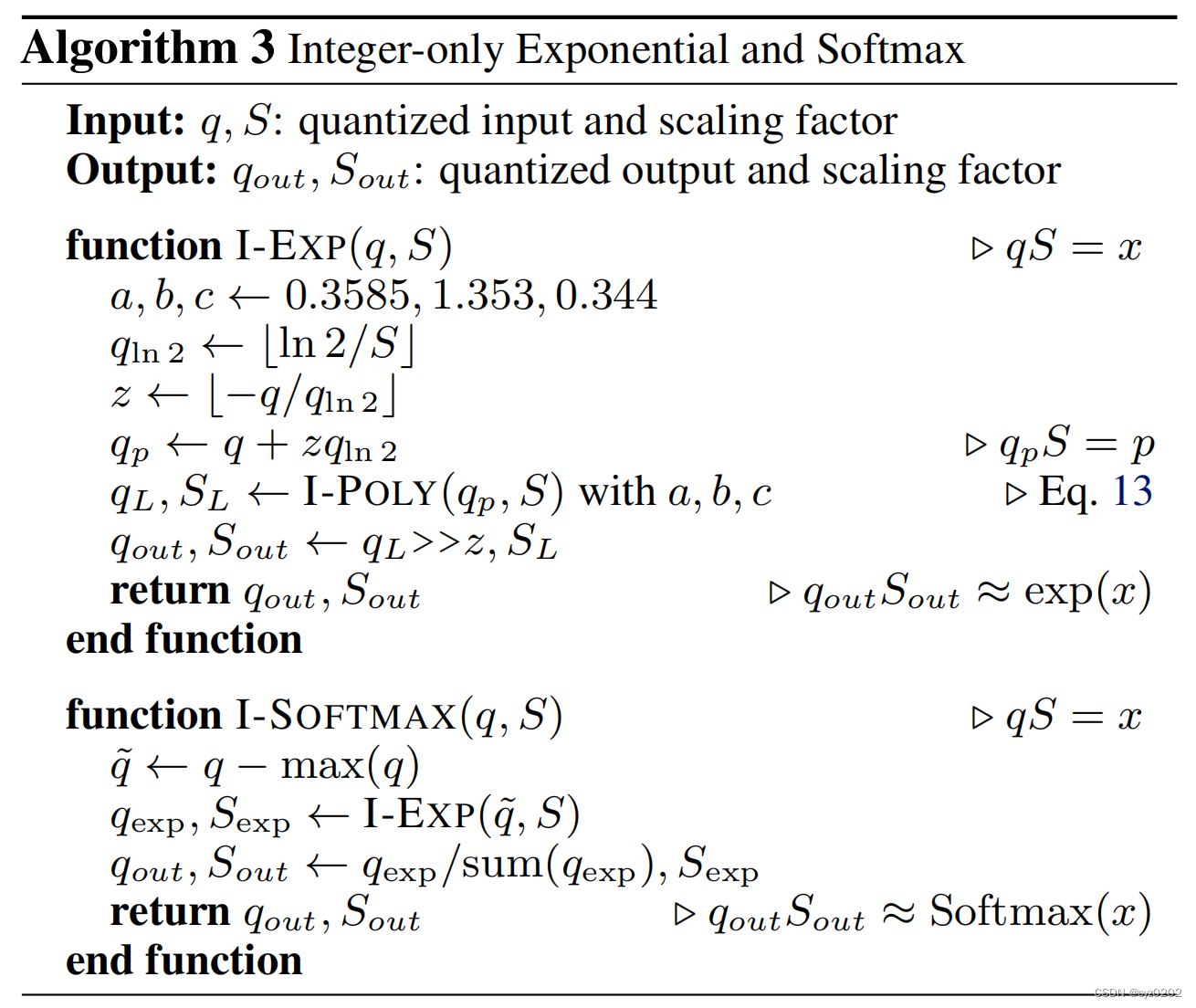
Basic ideas and I-GELU almost
#TODO#: The last step  There seems to be a problem ...
There seems to be a problem ...
LayerNorm Quantitative scheme of
- To be continued
I-BERT Analysis of the implementation of
- Will be discussed in another article
summary
- This paper introduces I-BERT Improvement points and GELU/SOFTMAX Integer calculation of Implementation method ;
- The main idea is through 2 Order polynomial approximation , Right again 2 Order polynomial for quantitative calculation ;
边栏推荐
- Super efficient! The secret of swagger Yapi
- Nacos 的安装与服务的注册
- Chapter 1 :Application of Artificial intelligence in Drug Design:Opportunity and Challenges
- 【嵌入式】使用JLINK RTT打印log
- vb. Net changes with the window, scales the size of the control and maintains its relative position
- LeetCode:41. Missing first positive number
- Alibaba cloud server mining virus solution (practiced)
- Target detection - pytorch uses mobilenet series (V1, V2, V3) to build yolov4 target detection platform
- MongoDB 的安装和基本操作
- UnsupportedOperationException异常
猜你喜欢

TP-LINK enterprise router PPTP configuration
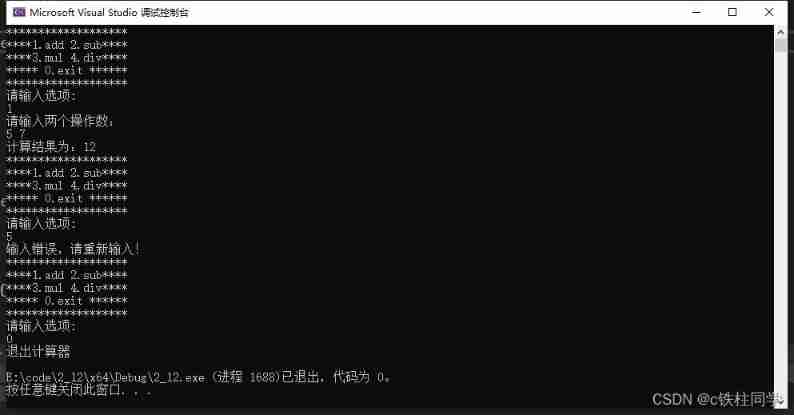
Using C language to complete a simple calculator (function pointer array and callback function)
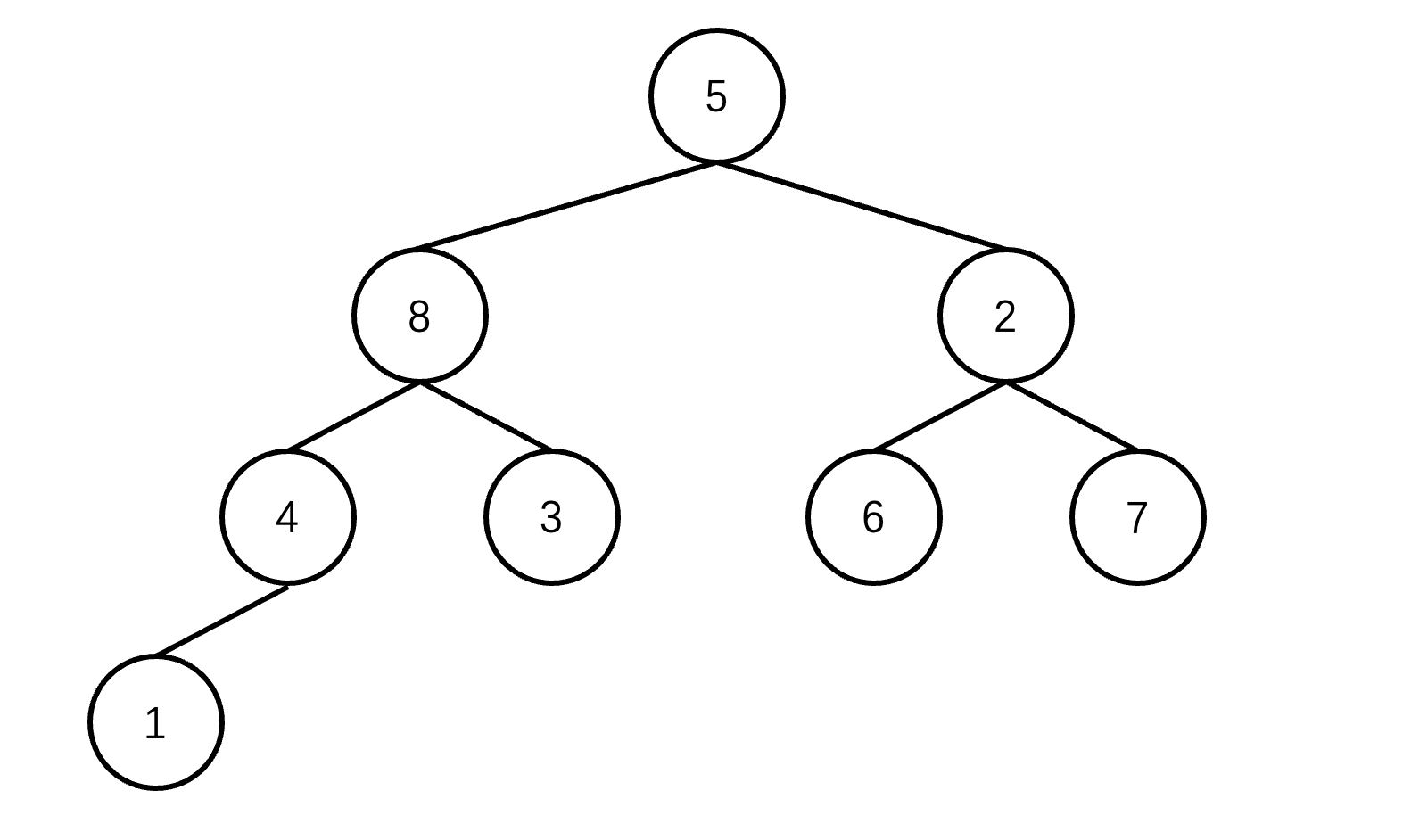
Detailed explanation of heap sorting

甘肃旅游产品预订增四倍:“绿马”走红,甘肃博物馆周边民宿一房难求
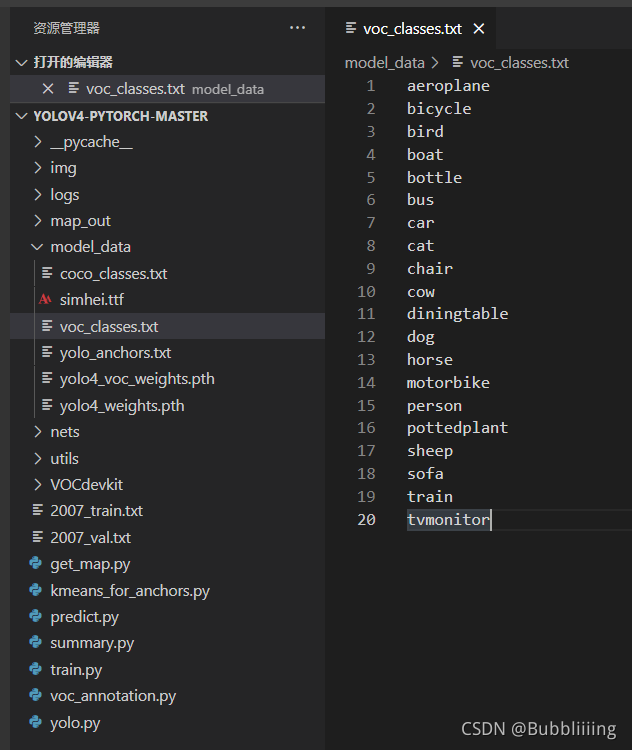
Target detection - pytorch uses mobilenet series (V1, V2, V3) to build yolov4 target detection platform
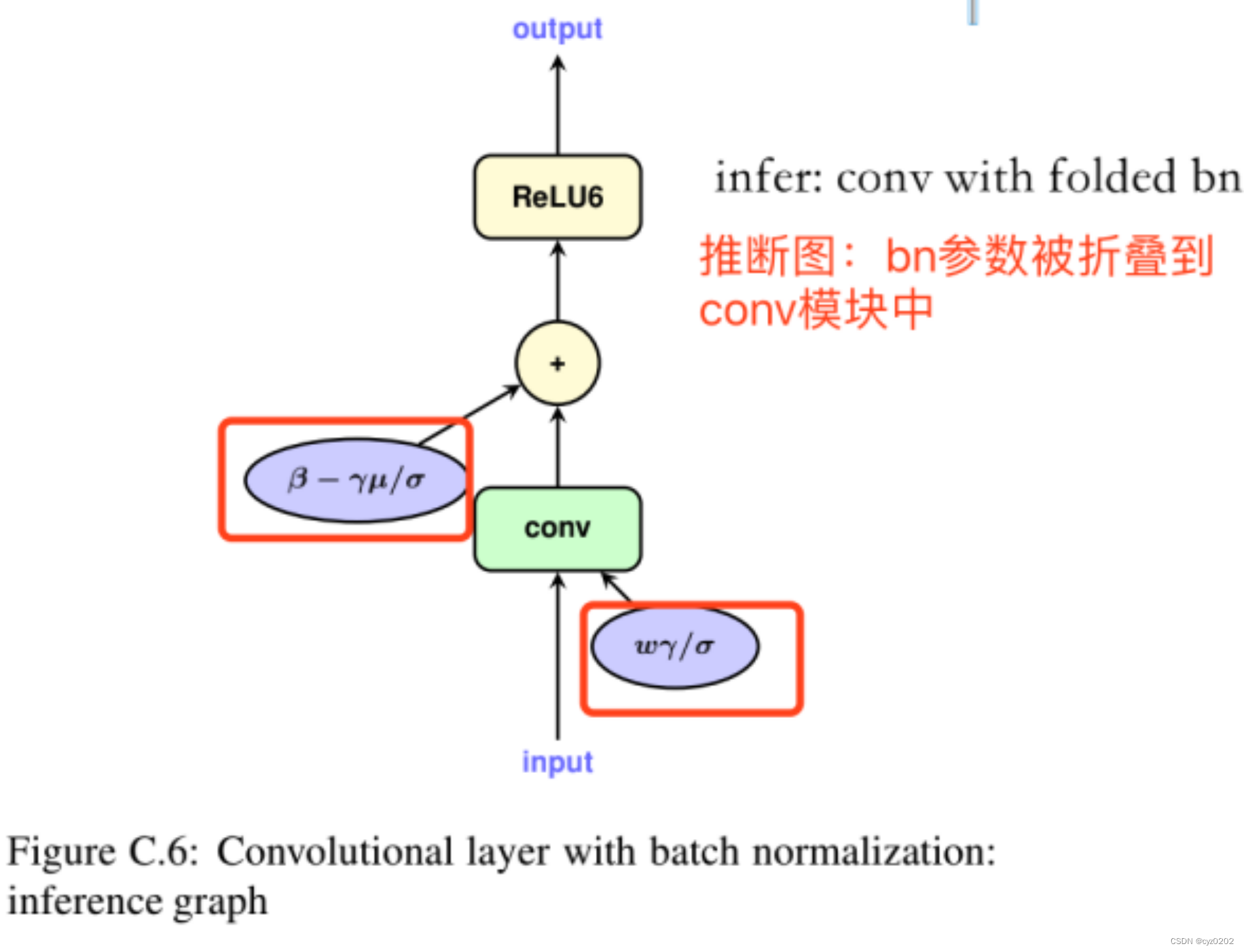
BN折叠及其量化
![[sword finger offer] serialized binary tree](/img/e2/25c9322da3acda06c4517b0c50f81e.png)
[sword finger offer] serialized binary tree
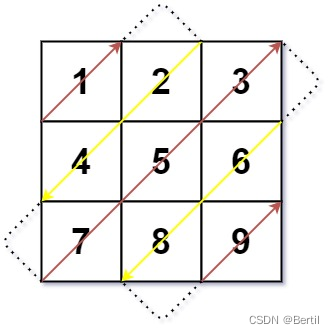
LeetCode:498. Diagonal traversal

UnsupportedOperationException异常
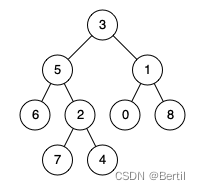
LeetCode:236. 二叉树的最近公共祖先
随机推荐
Marathon envs project environment configuration (strengthen learning and imitate reference actions)
CUDA implementation of self defined convolution attention operator
LeetCode:394. 字符串解码
Nacos 的安装与服务的注册
LeetCode:劍指 Offer 42. 連續子數組的最大和
LeetCode:387. 字符串中的第一个唯一字符
UML圖記憶技巧
【剑指offer】序列化二叉树
LeetCode:124. Maximum path sum in binary tree
IJCAI2022论文合集(持续更新中)
Li Kou daily question 1 (2)
[MySQL] limit implements paging
LeetCode:387. The first unique character in the string
pytorch查看张量占用内存大小
Pytorch view tensor memory size
Intel Distiller工具包-量化实现2
SimCLR:NLP中的对比学习
LeetCode:836. Rectangle overlap
Navicat premium create MySQL create stored procedure
MySQL uninstallation and installation methods